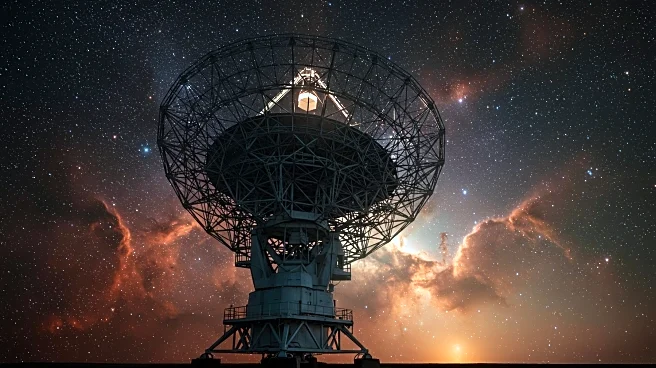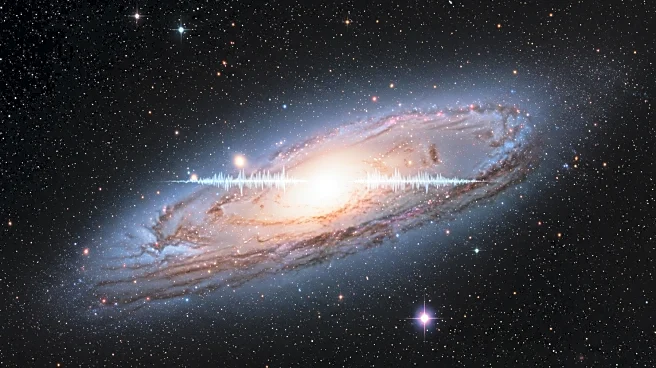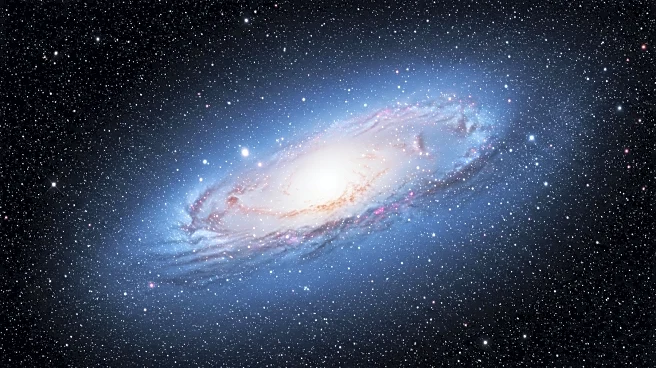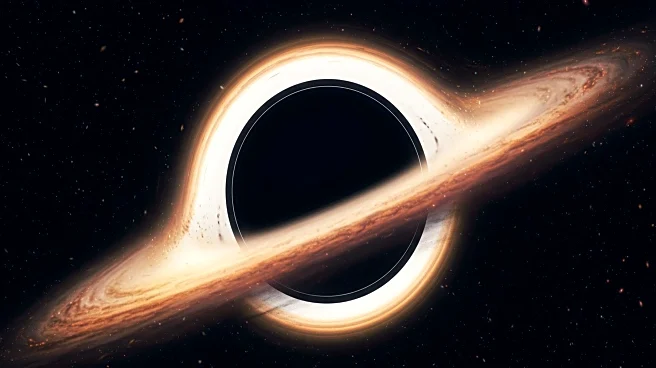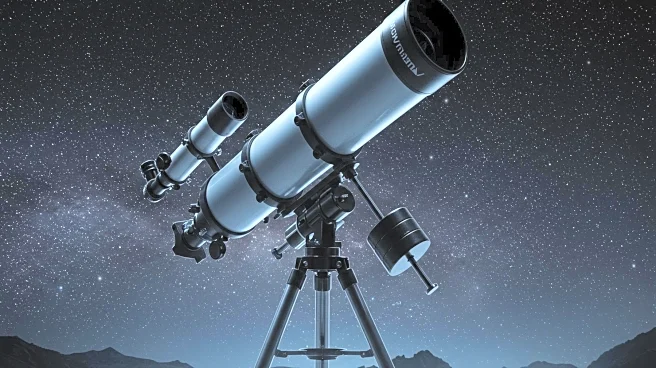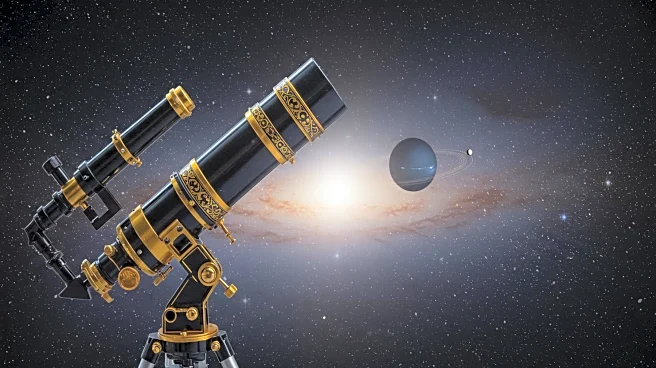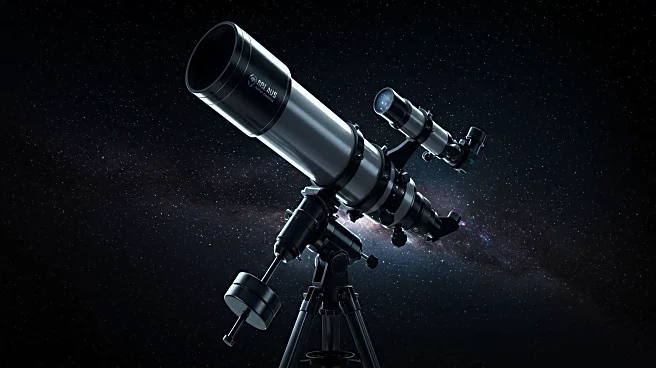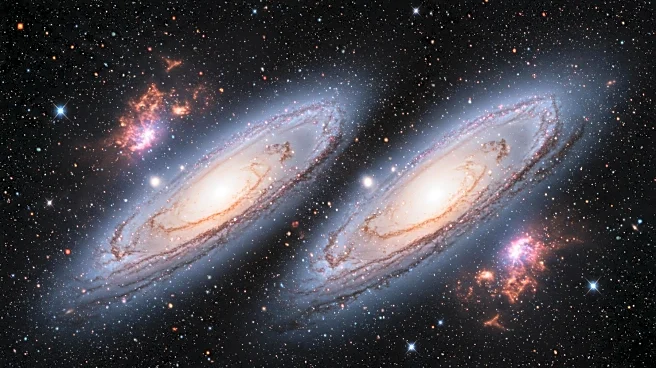Rapid Read • 7 min read
Researchers at Kansas State University have discovered a pattern in the rotational direction of ancient galaxies using the James Webb Space Telescope. Approximately 60% of these galaxies rotate clockwise, which challenges the previous belief of random galactic rotations. This finding has led to a bold hypothesis suggesting that our universe might be trapped within a massive black hole. The hypothesis posits that the common rotational direction observed in galaxies could result from the universe's position within a black hole's gravitational field. This idea challenges existing cosmological models and invites a reevaluation of fundamental cosmic principles.
AD
The potential revelation that our universe might be confined within a black hole has significant implications for cosmology. It challenges existing theories about the universe's origins, structure, and ultimate fate. If confirmed, it would require a reassessment of fundamental cosmic principles and the development of new models to describe the universe's behavior within this unique context. This discovery highlights the importance of continued exploration and observation of the cosmos, as it could lead to revolutionary insights into the universe's mysteries.
Further investigation is required to validate the hypothesis that our universe might reside within a black hole. Researchers will need to address observational biases and refine astronomical measurements to ensure the accuracy of future studies. The quest for precision in astronomical observations remains vital as scientists continue to explore the cosmos and seek to understand the universe's true nature and ultimate destiny.
The hypothesis opens new avenues for comprehending the universe's true nature and its ultimate destiny. It suggests that fundamental cosmic principles, such as matter distribution and time flow, might operate differently within this cosmic structure. This realization would necessitate a reevaluation of how we perceive the universe's boundaries and the nature of space-time.
AD
More Stories You Might Enjoy
